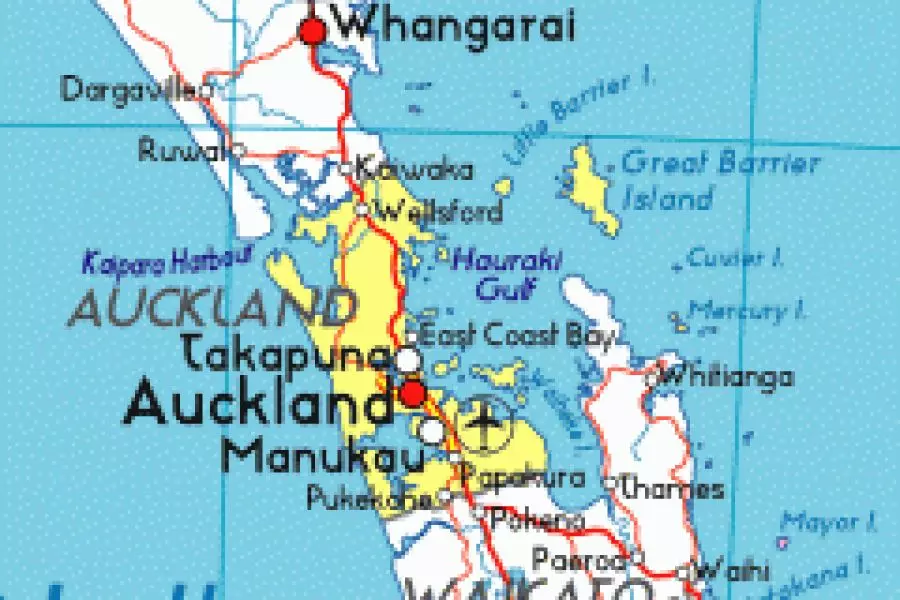News
Councils must open up land to match growth

Thursday 2nd of June 2016
Building and Housing Minster Nick Smith released the government’s proposed National Policy Statement (NPS) on Urban Development Capacity this afternoon.
The announcement of the NPS follows weeks of heightened concern about Auckland’s severe shortage of housing stock and the resulting problems, like affordability issues and increasing homelessness.
While the NPS will...
Want to read the full article?
Click the button below to subscribe and will have unlimited access to full article and all other articles on the site.






![[The Wrap] Bye Bye Bayly](https://goodreturns.publit.io/file/c_fill,w_900,h_600/39f23ac1-f7c7-4854-b700-a150004ebbac.webp)


